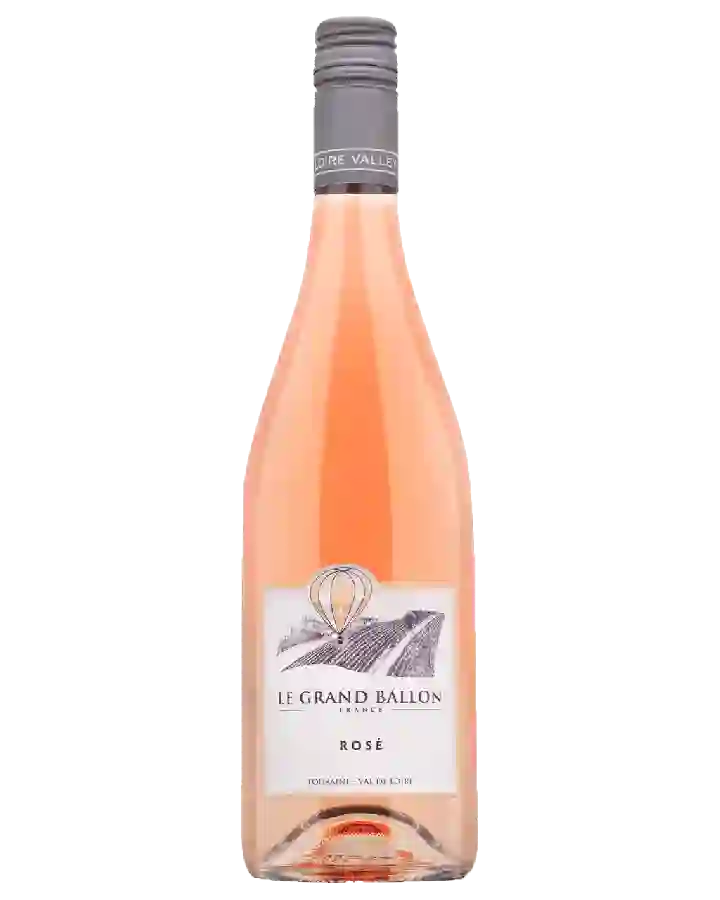
Winery Arrogant FrogLimited Summer Edition Rosé de Syrah
In the mouth this pink wine is a with a nice freshness.
This wine generally goes well with vegetarian, appetizers and snacks or lean fish.
Taste structure of the Limited Summer Edition Rosé de Syrah from the Winery Arrogant Frog
Light | Bold | |
Dry | Sweet | |
Soft | Acidic |
In the mouth the Limited Summer Edition Rosé de Syrah of Winery Arrogant Frog in the region of Languedoc-Roussillon is a with a nice freshness.
Food and wine pairings with Limited Summer Edition Rosé de Syrah
Pairings that work perfectly with Limited Summer Edition Rosé de Syrah
Original food and wine pairings with Limited Summer Edition Rosé de Syrah
The Limited Summer Edition Rosé de Syrah of Winery Arrogant Frog matches generally quite well with dishes of pasta, vegetarian or appetizers and snacks such as recipes of pasta with arrabiata, quiche without pastry or chorizo puff pastry.
Details and technical informations about Winery Arrogant Frog's Limited Summer Edition Rosé de Syrah.
Discover the grape variety: Mourvèdre
Mourvèdre noir is a grape variety originating from Spain. It produces a variety of grape specially used for wine making. It is rare to find this grape to eat on our tables. This variety of grape is characterized by medium to large bunches, and grapes of medium size. Mourvèdre noir can be found in several vineyards: South-West, Cognac, Bordeaux, Provence & Corsica, Rhône valley, Languedoc & Roussillon, Loire valley, Savoie & Bugey, Beaujolais.
Last vintages of this wine
The best vintages of Limited Summer Edition Rosé de Syrah from Winery Arrogant Frog are 2017, 2019, 2018
Informations about the Winery Arrogant Frog
The Winery Arrogant Frog is one of of the world's great estates. It offers 97 wines for sale in the of Languedoc-Roussillon to come and discover on site or to buy online.
The wine region of Languedoc-Roussillon
Languedoc (formerly Coteaux du Languedoc) is a key appellation used in the Languedoc-Roussillon wine region of southern France. It covers Dry table wines of all three colors (red, white and rosé) from the entire region, but leaves Sweet and Sparkling wines to other more specialized appellations. About 75% of all Languedoc wines are red, with the remaining 25% split roughly down the middle between whites and rosés. The appellation covers most of the Languedoc region and almost a third of all the vineyards in France.
The word of the wine: Paste
Characteristic of a thick and heavy wine with sticky tannins.














